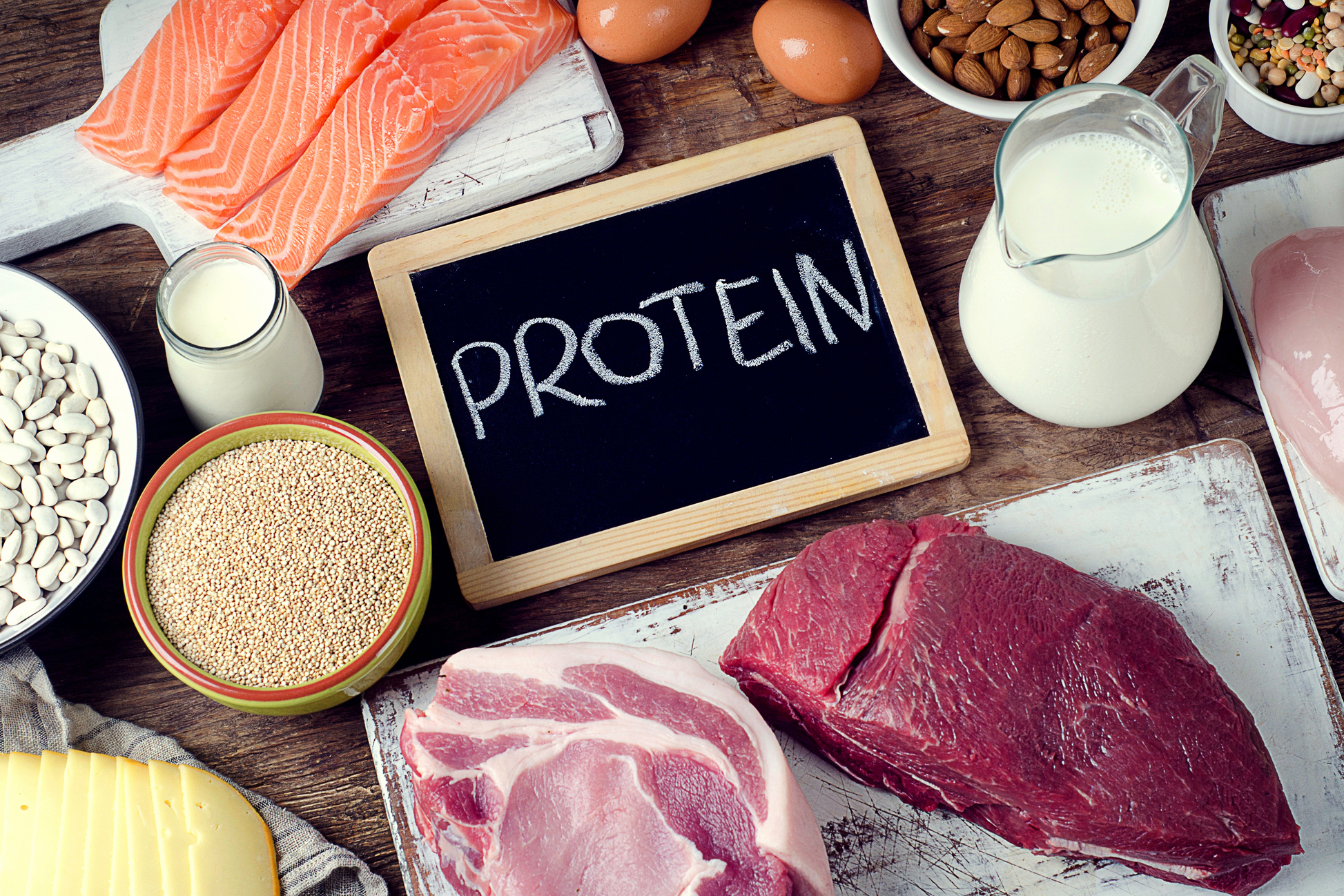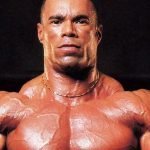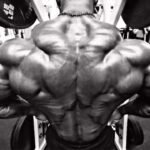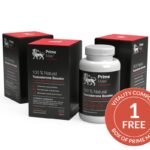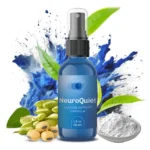Human beings have been fascinated by the human form from the beginning of time. This fascination has been reflected in the works of Michelangelo and the insightful and wise speculation of the Greek philosophers. But humanities fascination with the human form did not end with the poets; it continues to the modern-day.
The human form is glorified in the media, in comic books, and in the minds of millions. In an attempt to look as they desire, scores of people go on and off diets and spend billions of dollars on the latest scams. What they do not realize is the utter futility of their efforts. Why is this so?
Quite simply, they don’t understand the fundamentals of the human body. The great Mike Mentzer once commented that there are universal laws that apply to people everywhere and with respect to physical fitness and the human form, this holds true. When creating the statue of King David, the great artist Michelangelo remarked that the statute was already inside of the clay, that his only job was to remove the excess so that the masterpiece within may be revealed. This is your job as well.
Your physique already exists. Your outer body is a reflection of the complete and perfect being that you are. Your body is a reflection of the divine presence within you. As a result, every quality, skill and idea you will ever need is inside of you right now. If you do this and you apply certain principles, you will take your physique to new levels.
In today’s article, we will focus on the role of protein and its effects on the human body. I challenge you to consider the information contained in this article and ask yourself how it may apply to you and how you may use it in your own exercise regime to achieve positive results.
Protein:
In my view, protein is not the end all and be all of building muscle as some would proclaim, but it is one of the essential keys that will determine muscular growth. If protein alone were the greatest thing to hit bodybuilding since Larry Scott, Arnold Schwarzenegger and Ronnie Coleman, every wanna-be who ate only canned tuna and chicken would be sporting 22-inch guns. This is simply not the case.
In muscle magazines today, there is a heavy emphasis on the latest protein powders or protein bars. One company, in particular, employs the services of a massive bodybuilder with 27-inch arms to promote their product. According to the ads, “such-and-such” product has the technology (hint!) that has helped this person “achieve…whopping 27-inch guns!” In reality, this individual, who shall remain nameless, probably knows more about pseudo-pharmacology than bodybuilding. His distended belly at a competition, brought about by excessive misuse of growth hormone (HGH), is proof positive of this claim.
With society’s increasing reliance on more things in pill form, little attention has been paid to the effects of natural foods on building a quality physique. Little mention is made of Steve Reeves, Reg Park, Mike Mentzer, Arnold Schwarznegger or others who have built classic physiques without the help of the modern miracle powders or pills. Having said that, it is worthwhile to examine the different types of protein, and which type or types are most conducive to muscle growth for the bodybuilder.
The Four Types Of Protein
- Whey
- Egg
- Caseinate
- Soy
Starting with the most obvious, whey, certainly everyone, beginner or otherwise is familiar with the protein in a can concept. Health food stores are dimes a dozen, and any that you pass will no doubt have the huge five-pound buckets of whey sitting on the floor, or in the corner collecting dust. But what is whey protein?
Whey protein is the most biologically active protein available to the bodybuilder. Its amino-acid profile is the most complete, and for years it was believed to be the best for muscle growth. It is the most popular form of protein, and people spend billions of dollars on products every year to get it. It is a by-product of cheese manufacture but is also found in dairy products. The advantages of whey are that it is excellent for muscle growth and recovery.
The disadvantages of whey are that the liver may oxidize it rapidly after intense exercise. As a result, it may not reach its intended destination within the body, mainly muscles. So what does that mean? Simply, if the protein does not reach the muscle, a muscular repair cannot take place.
In order to reach the muscles, about 30-50 grams of whey must be consumed immediately after training, so that even if the liver oxidizes some for energy, the remainder will reach the muscles and do its job.
A cautionary note to any athlete who wishes to buy whey in buckets is this: you get what you pay for. Quite simply, if a company is selling 2lbs of whey for $29.00 and is selling 5lbs for only $31.00, does it make sense that you can get two times the amount of the same product for only two dollars more? Put another way, if you were buying a car priced at $40,000 USD would it make sense for the dealership to give you a “deal” by throwing in the second car for only $2000 more? Obviously not, and I have yet to find any dealership still in business who does this.
Many supplement companies, when selling protein, will make big buckets and sell them to deceive the bodybuilder into believing that he or she is getting a “deal.” They will skimp out on the manufacturing process so that they can sell the big 5lb buckets for the same price as a 2lb bucket. The only reason why these big buckets are still on the floor of the stores is because other bodybuilders know and understand this scam. The only parties in this case that are getting deals are the supplement companies.
While 5lb buckets of whey can be a good deal for the bodybuilder on a budget, don’t get scammed into thinking your getting twice the product for the same price. It doesn’t work that way. If you are going to buy whey protein in buckets, spend a little more and get a quality 2lb can. Your physique will thank you.
Egg Protein – the timeless classic. Eggs are one of the best sources of protein and are found in, well, eggs. Until the introduction of whey, egg protein was known as “the gold standard.” In short, it was the benchmark by which all other proteins were measured. Consequently, it was given a BV of 100 – a perfect score.
Egg protein is found in egg whites, as well as in yolks. Many people choose to separate the whites from the yokes, but I never do this when bulking up. The biological value of the egg is decreased when the yolk is not consumed, as the yolk contains essential amino acids.
A recent study showed that in terms of athletic performance and muscle gains, there is little difference between egg and whey. 1 For the bodybuilder on a budget looking to bulk up, egg protein presents a wonderful opportunity to consume high-quality protein at a fraction of the cost of the more expensive, flavored whey products. Realistically, with most protein powders you pay for the taste of the protein, not its effects on the body.
In my personal situation, in terms of results, I have noticed no substantial difference between whey and egg, which would support the previously cited study.
History tells us that the reality is this: Dave Draper, Steve Reeves, Larry Scott, Arnold Schwarzenegger and others built world-class physiques by including egg protein in their nutrition plans. Therefore, it is totally unnecessary and maybe a waste of hard-earned money for a bodybuilder in the bulking up phase to buy into the propaganda that the latest “cutting edge” whey delivery system will allow them to make substantial muscular gains over their egg using counterparts. Egg was established as the “gold standard” for a reason, and if you are looking to build a quality physique while on a budget, egg protein is the way to go.
Caseinate is milk protein. It is widely known that milk in the early years of life is responsible for muscular growth. It is for this reason that infants are fed milk – maternal, condensed, or bovine.
For the bodybuilder in the bulking up phase, regardless of metabolism, homogenized milk is the best way to go for putting on size. Many opponents of this tried and true method have argued “homo will make you fat.” In my experience, it is wise to dismiss these peoples assertions, as if you are training hard and smart, becoming fat will be next to impossible. What’s more, the people who are constantly ranting and raving about the evils of the f word – fat – are the smaller members of the bodybuilding community who get little or no results for their endless hours of over-training and thousands of dollars spent on the latest fad bodybuilding supplements.
The reality is that homogenized (3.5%) milk while containing the same amount of protein as its 1% counterpart, also contains more growth factors. Naturally, this presents the bodybuilder with an opportunity to add muscular size easily.
In my personal situation, I was raised on homogenized milk from birth until I was 14 years of age. When I was born I weighed a mere 5-pound 4oz, and when I was 12 months old I weighed 26lbs. At 8 months old I was drinking 33 quarts of homogenized milk per week plus three servings of baby food daily, and pabulum at bedtime.
As a result, I wore toddlers’ diapers when I was five months old. Not only was I a healthy baby, but also the doctors raved about the level of my excellent health and strength. Everyone accused my mother of feeding me the furniture! Truth be known, I probably would have eaten that too, given the chance!
Many who would argue that size is determined by inherited genetics would be hard-pressed to assert their theory in my situation. My father is approximately 5’6 and weighs 130lbs. My mother is 5’5 and weighs 115lbs. Nevertheless, when I was 14 years of age I was 6’1 and weighed 186lbs. Most of this weight was muscle. I am 20 years of age, 6’1 and 260lbs off-season at the time of this writing, with 18 1/8 inch arms, and will be growing for another five years. I still drink homogenized milk when bulking up.
For the bodybuilder, it’s important to understand that, unlike whey protein, Caseinate is not oxidized quickly in the bloodstream. Simply put, this means that the Caseinate is time-released and thus maintains an even level of protein within the body for longer periods of time. For recovering muscles, a continuous stream of bio-available protein is vitally important.
The point of the above example is clear: if you want to grow, toss aside the advice of these so-called “personal trainers”, “master trainers”, “elite trainers”, gurus, and self-appointed know-it-alls and drink homogenized milk. Coupled with a sound eating plan, homogenized milk in the off-season will work wonders for your physique in the form of weight gain and added muscle. For the bodybuilder, then, Caseinate and whey found in milk are worthwhile endeavours in the quest to “get big.”
Soy protein, while suitable for menopausal women, is not recommended for bodybuilding purposes. Granted soy does have isoflavones that reduce blood cholesterol 2 and may reduce breast and prostate cell growth, but it also contains phytoestrogens that may mimic estrogen. For a bodybuilder, this is not good news. Estrogen is the opposite of testosterone and as a result, may contribute to the development of gynecomastia – known in bodybuilding circles as “bitch-tits.” 3
So, unless recommended by your physician, for bodybuilding purposes, I recommend against using soy if other protein sources are available. However, for vegetarian bodybuilders, soy is an alternative protein source that compliments their chosen lifestyle. As mentioned earlier, the BV value (biological value) of a protein goes a long way to determine its effect on the body. Below is a chart of proteins, listed from best to worst for bodybuilders.
Protein Source BV
Whey Protein concentrate 104
Egg White 88
Casein (milk) 77
Obviously, whey is superior, but if you have a diet that is rich in protein, in terms of results, whether you eat egg or whey, little difference in strength or muscular gains will be noticed. 4 Protein, regardless of the source, contains 4 calories per gram. Now as we know the different types of protein, we will talk about exactly how to use protein as a tool for gaining muscle.
Oftentimes, many bodybuilders are unsure exactly how much protein they ought to be ingested per day. The answer to this is simple, yet not.
The ingestion of protein in the pursuit of muscle building comes down to quantity, quality and timing. First, let’s talk about how much protein a bodybuilder should ingest. Quite simply, a bodybuilder should ingest protein according to his or her bodyweight. The calculation will appear as follows:
Bodyweight x 1 = X gms protein / daily
If, for example, we were to use my case, the calculation would appear as follows:
260lbs x 1 = 260 gm Protein / daily
Therefore, I require 260 grams of protein per day minimum to promote muscle growth. But it is not enough to just eat 260 grams of protein per day. We not only have to provide the body with the proper amount of protein, which can be determined by following the calculation above, but we now must figure out when and how often.
The body requires a steady stream of protein throughout the day to continue the muscle building repair process. As should be obvious, muscle is not built while lifting weights. It is built during the repair process after the workout is complete. When we workout, we inflict micro-muscular tears upon the muscle fibers, and only when we rest and eat properly can the muscle be repaired. Obviously, then, in order to ensure continual muscle building throughout the day, we must provide the body with a steady stream of protein.
Dividing the day into segments can best do this. The general rule is to eat every two hours. Again, in my case, I require 260 grams of protein per day. Naturally, it would be impossible and improper to intake this copious amount of protein in one sitting. Therefore, if I were to eat every 2 hours, and if I were awake for 14 hours, I would eat 7 times daily. Thus, my protein content for each meal would be:
260 gm protein/day
7 meals /day= 37.14 gm / meal
Getting 37 grams of protein per meal is relatively easy (I usually strive for about 60 per meal, or 420gms daily). The timing and amount of protein consumption is important but so too is variety. The body has a remarkable ability to adapt (in the quest to achieve homeostasis), and this also applies to the foods we ingest.
As mentioned earlier when talking about egg, Caseinate and whey, different proteins are metabolized at different rates. Therefore, while using whey after a workout is good [as it gets the amino acids into the blood quickly], a bodybuilder should strive to get the majority of his or her protein from Caesinate and egg, as this will ensure that protein is time-released in the body, thus ensuring a steady stream of protein and amino acids throughout the day, for hungry muscles.
The Best Bodybuilding Protein Sources
Food (100 gms) Protein (gms)
Turkey Breast 42g
Chicken Breast 39g
Steak (Beef) 34g
Tuna (flaked, in water) 30g
Ground Beef 24g
Egg (whole) 7.2g
Egg (white) 3.5g
Notice that all the foods listed are from whole foods, not powdered supplements. Appropriately, then, professional bodybuilders get most of their protein from many, if not all, of the whole foods listed above. Supplements only supplement their diet; they do not constitute it entirely.
If you wish to build a quality physique and you want to “get big” or add size in a short period of time, select your protein sources from the above list, and be sure to do so while keeping the variety principle in mind.
